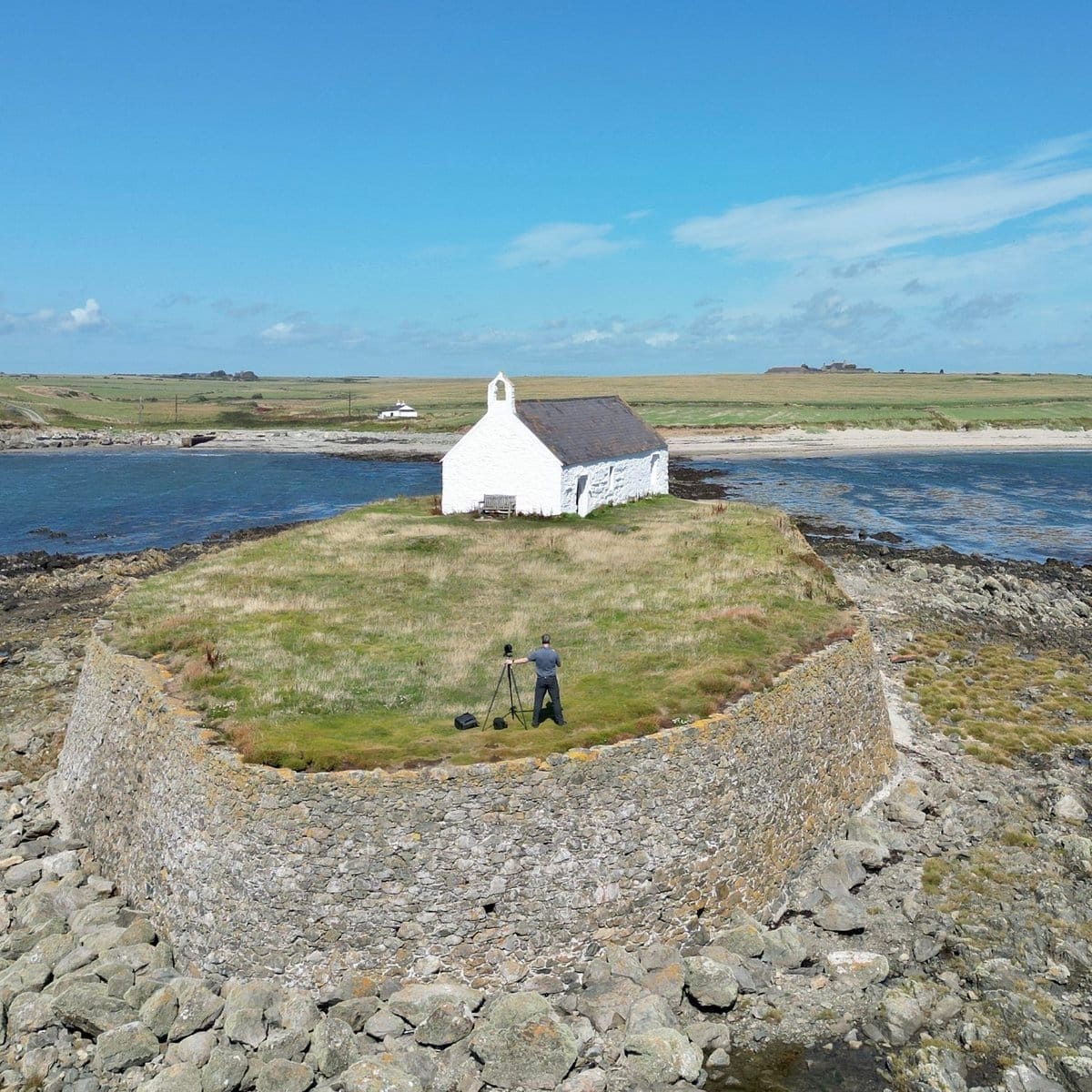
Welcome!
Kind words about the Genius Loci Digest
As ever, in finding and holding a moment of time, the incomparable [Andy Marshall] offers us a beautiful and poetic respite.
⚡️ View the latest digest and the full archive here.
📐 My Goals ℹ️ Donations Page & Status 📸 MPP Status 🛍️Shop
I was drawn to this humble, unassuming window at the Talbot Inn in Much Wenlock. Maybe it’s the bulls eye centre — or the thought of peeking faces, everyday moments, and stories it has seen over the centuries. What is it for you? 🤔

“If our interest in buildings and objects is indeed determined as much by what they say to us as by how they perform their material functions, it is worth elaborating on the curious process by which arrangements of stone, steel, concrete, wood and glass seem able to express themselves - and can on rare occasions leave us under the impression that they are talking to us about significant and touching things.”
Alain de Botton The Architecture of Happiness
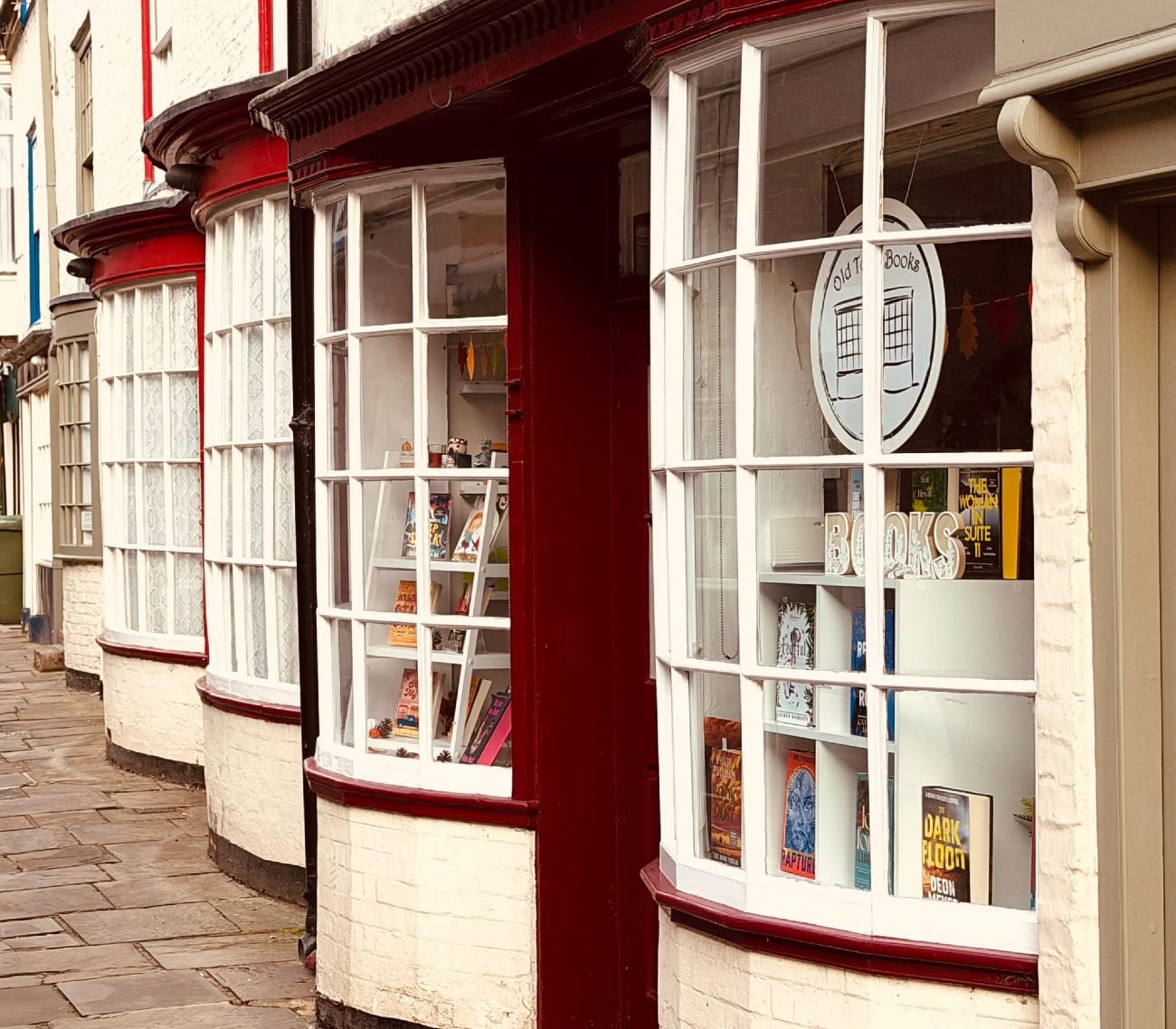
It’s early and I’ve just pulled into the little car park behind the High Street at Bridlington Old Town. The air has a cold and crisp edge, so I wrap up, sling my camera over my shoulder, and follow a narrow ginnel that offers a curated glimpse into the street beyond. I’ve done this so many times before - walked through yards, snickleways and snickets that frame what lies ahead like a series of voyeuristic vignettes.
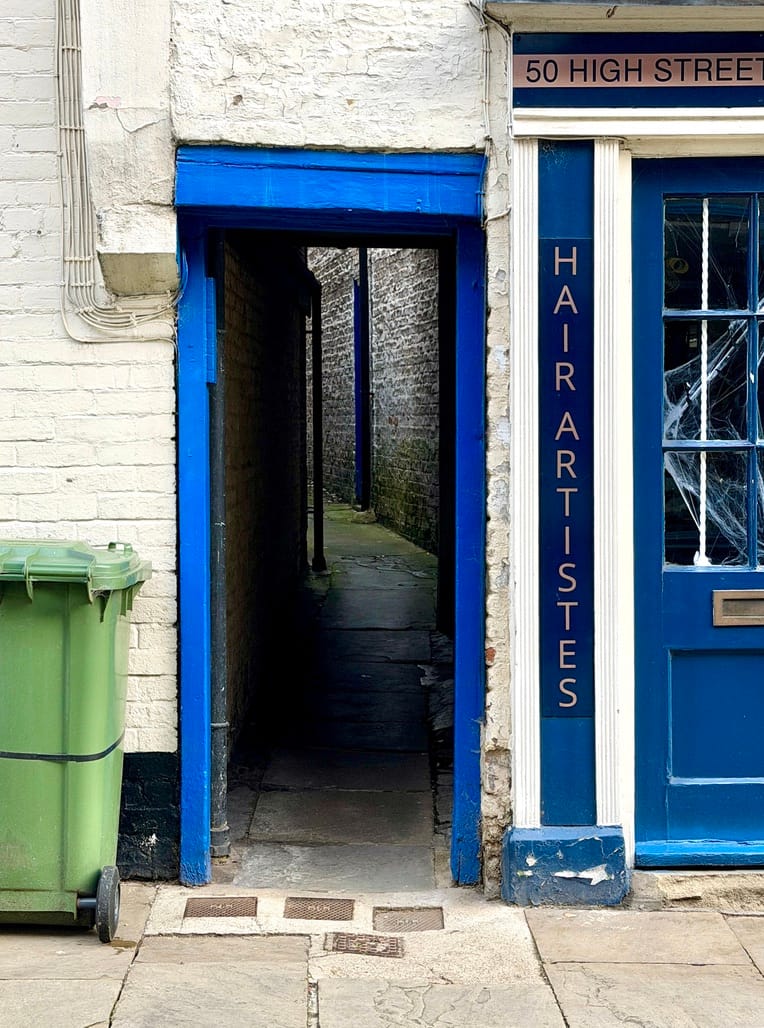
Here in Bridlington Old Town, the first things I notice are the details: a cut of wonky brickwork, the curve of an oriel window, a Victorian shop-front that seems to be leaning into its neighbour. I can’t tell you the joy it brings to visit a place not just to make a transaction, but for what it is - tracing how it has been shaped, reshaped and re-imagined across generations. The High Street here is no exception. It reads like a book.
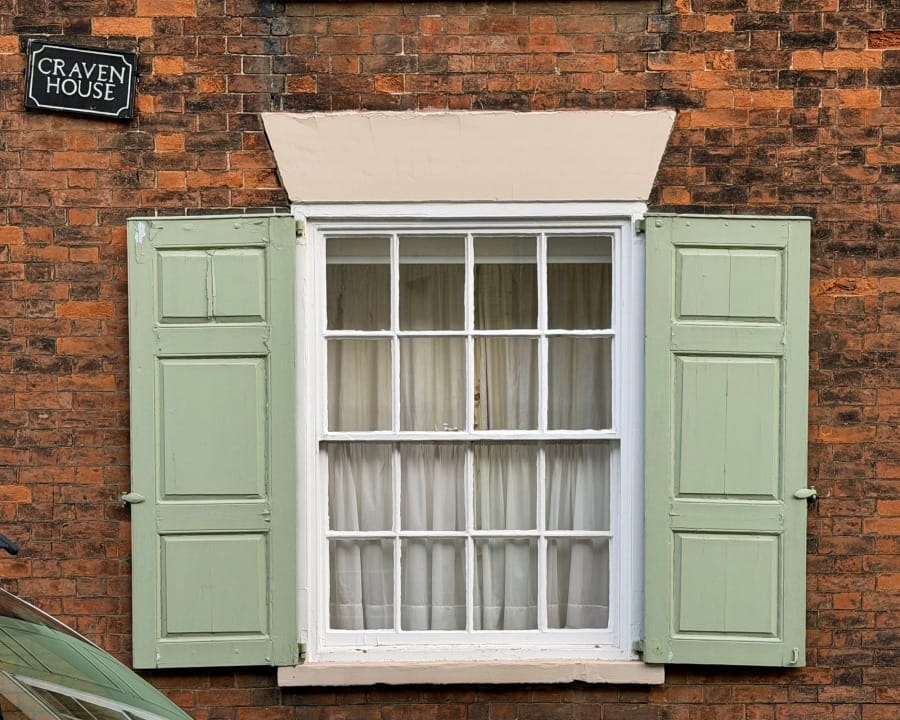
As I step out onto the street, I’m reminded how engaging these places are. Psychological studies often point out that we read shapes, patterns and styles long before we consciously register them. Historic streets reach our emotions before our intellect. Their rhythms calm the body in ways we don’t immediately notice: the slight asymmetry of a bay window, the gentle fall of a roofline, the fractal geometry of brick and stone.

Modern cities, by contrast, often fall into a kind of architectural monotony - long runs of glass offering little for the eye to rest on or the imagination to wander. Their facades hide more than they reveal, disguising purpose and intent, while older places often gift us with a legible visual narrative. It offers variety, depth, light-play, shadow, negative space. More than anything, it offers continuity - and we thrive on that. We intuitively recognise that these places are the product of countless contributions over countless years, and that sense of shared making anchors us. It gives us a kind of stability in a world that often feels engineered for profit margins rather than people.

Lily Bernheimer puts it beautifully in The Shaping of Us:
“The usability of the casement window, the beauty of Venice, and the durability of ancient stone walls are achieved thanks to the small and repeated contributions of many people over many years. We love old buildings because they envelop us in patterns we understand intuitively.”

Those patterns run deep here - not only in the architecture, but in how the place is cared for. Much of Bridlington Old Town’s character has survived because of the Lords Feoffees and Assistants of the Manor of Bridlington, a centuries-old trust that still owns and maintains many of the historic properties along these streets. Their role is unusual (but seen often in Europe): a civic stewardship born from the seventeenth century, where rental income is folded back into the town rather than siphoned away. They support education, heritage, local events and community wellbeing - all while tending to the very buildings that give the High Street its distinctive texture. In an era dominated by cost-benefit calculations and absentee landlords, this form of place-based custodianship is heartwarming.
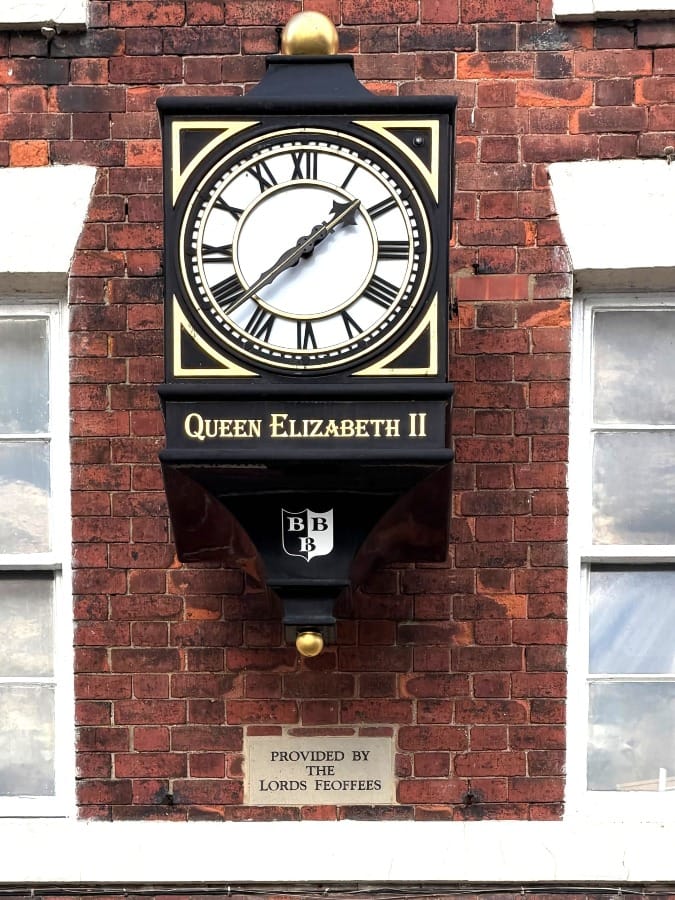
And those patterns of care are everywhere here. Look closely and the street reveals its layers: carved lintels worn by weather and touch; ghost signs clinging on to memory; blind windows, patched brickwork; hand-painted fascias; the delicate sag of old timber; little pockets of negative space that let the sky in; shop fronts that have lived several lives; drainpipes that have been mended and mended again.
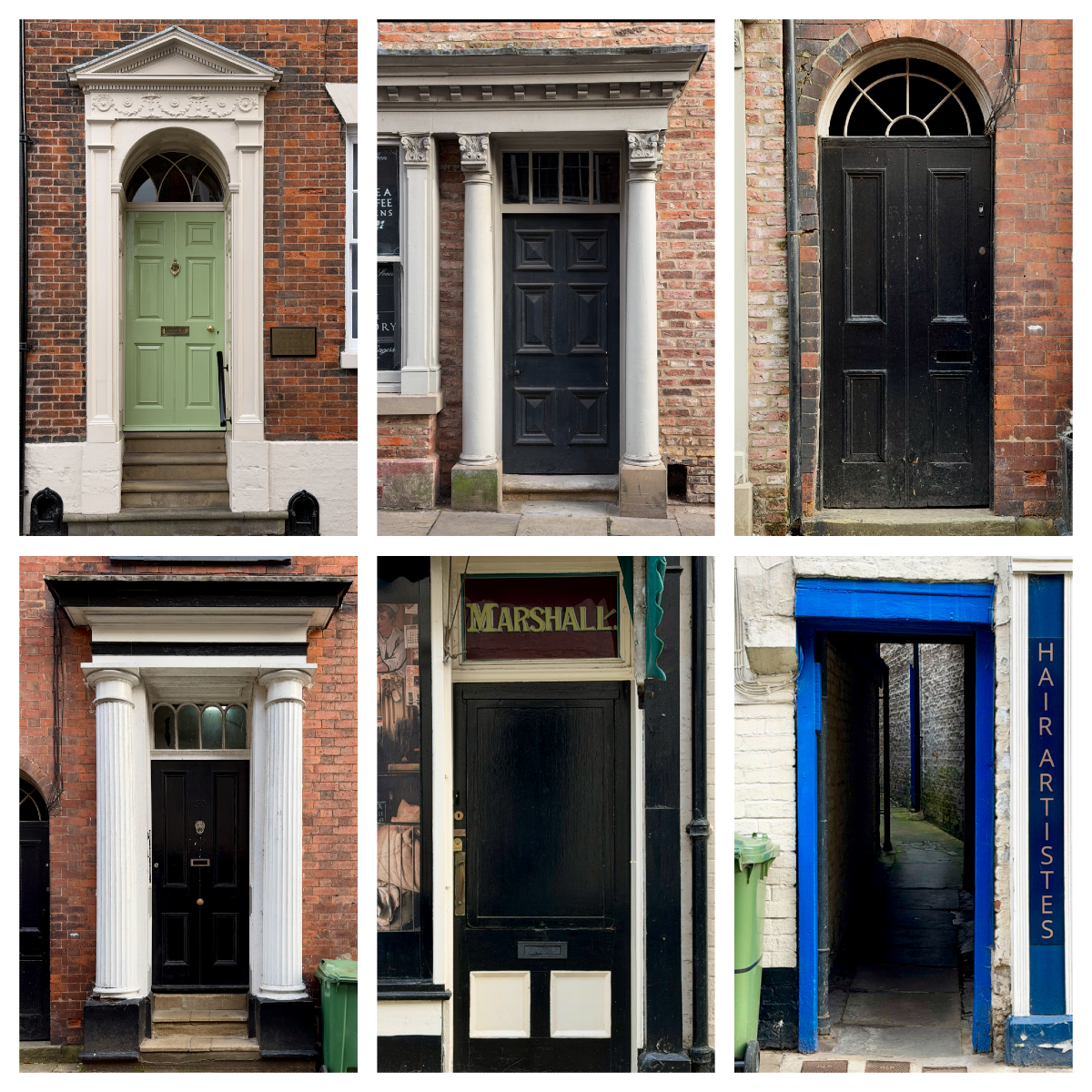
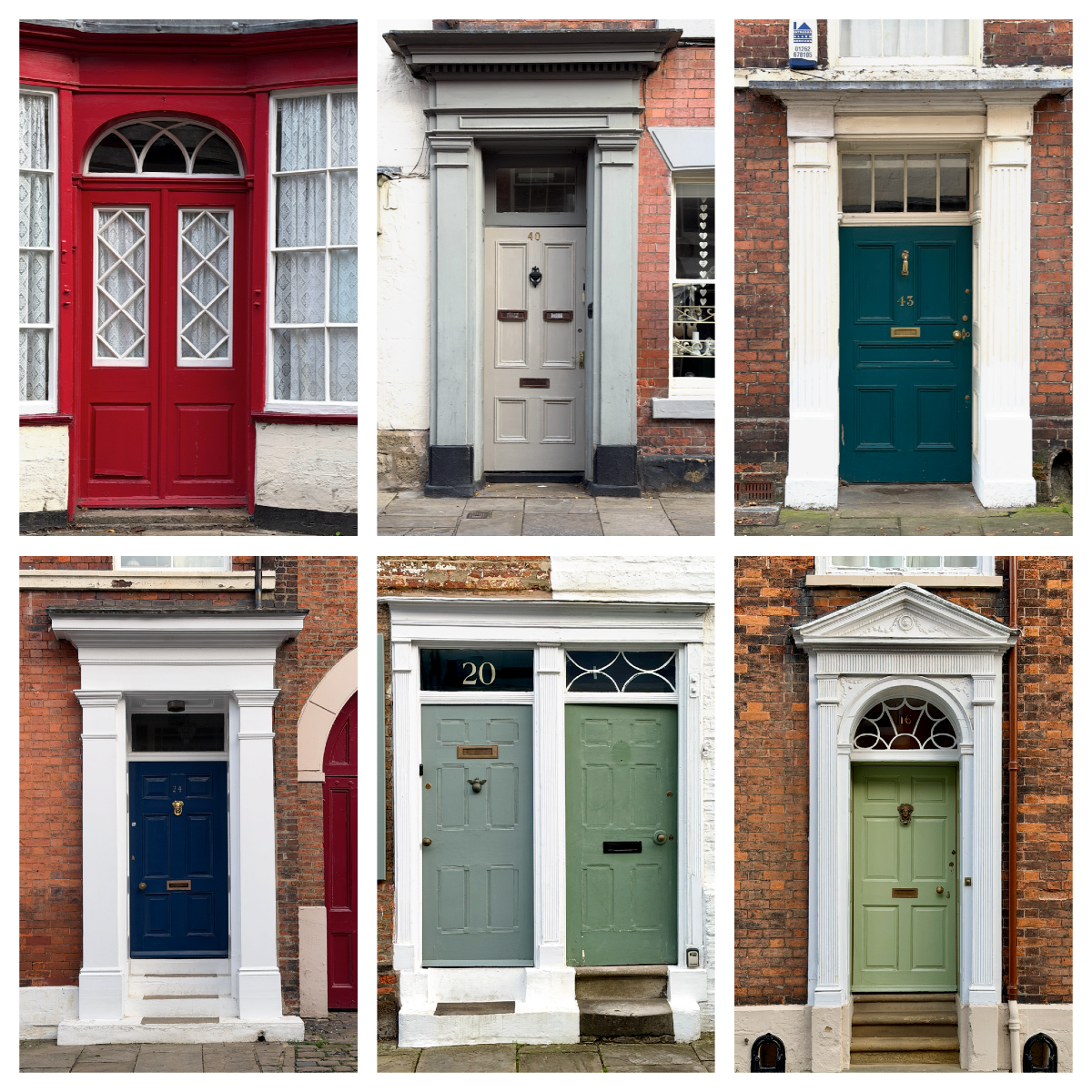
Some time ago I wrote about how the details of a place all have a name - and how that naming feels important. Perhaps it matters because it speaks to a time when the local held its own diversity, its own resources to draw from, its own way of thriving.
I started with the constituent parts:
Walls might be part of a barmkin or bawn, or they could be battered, raggled, raked or ramped. They might have fixtures with a zoological slant: a bull-nosed sill, bullseye window, catslide, catwalk, crowstep, herringbone, ratcourse, dog-leg, swan-neck or frog.
For those of an anatomical bent, there are places with a profusion of dentils, groins and ribs, with details being eared, lugged or shouldered. People with a culinary disposition might visit a house with hungry joints, feasting on edge roll with egg and dart or fillet with jamb, finished off with scalloped capitals and a final dash of seasoning from a pepperpot finial.

Here in Bridlington – before our need to decant our identity was a thing – the people were part of a wider, more nuanced network: the North Sea Fringe of European coastal towns that knew more about each other than their nation-state brethren. This diverse mix of cultures can be seen here in the Flemish bond and the pantile, the Arabesque and the fluting.

I think of it all - all that richness - and breathe deeply. These interventions make the place feel alive, as if the street itself is a mix of nutrients that nourish us as individuals and as communities. Places like this work on us in ways that follow long after we’ve left. We carry their variety and their humanity home with us, tucked somewhere deep inside, woven into the self and into our sense of one another.
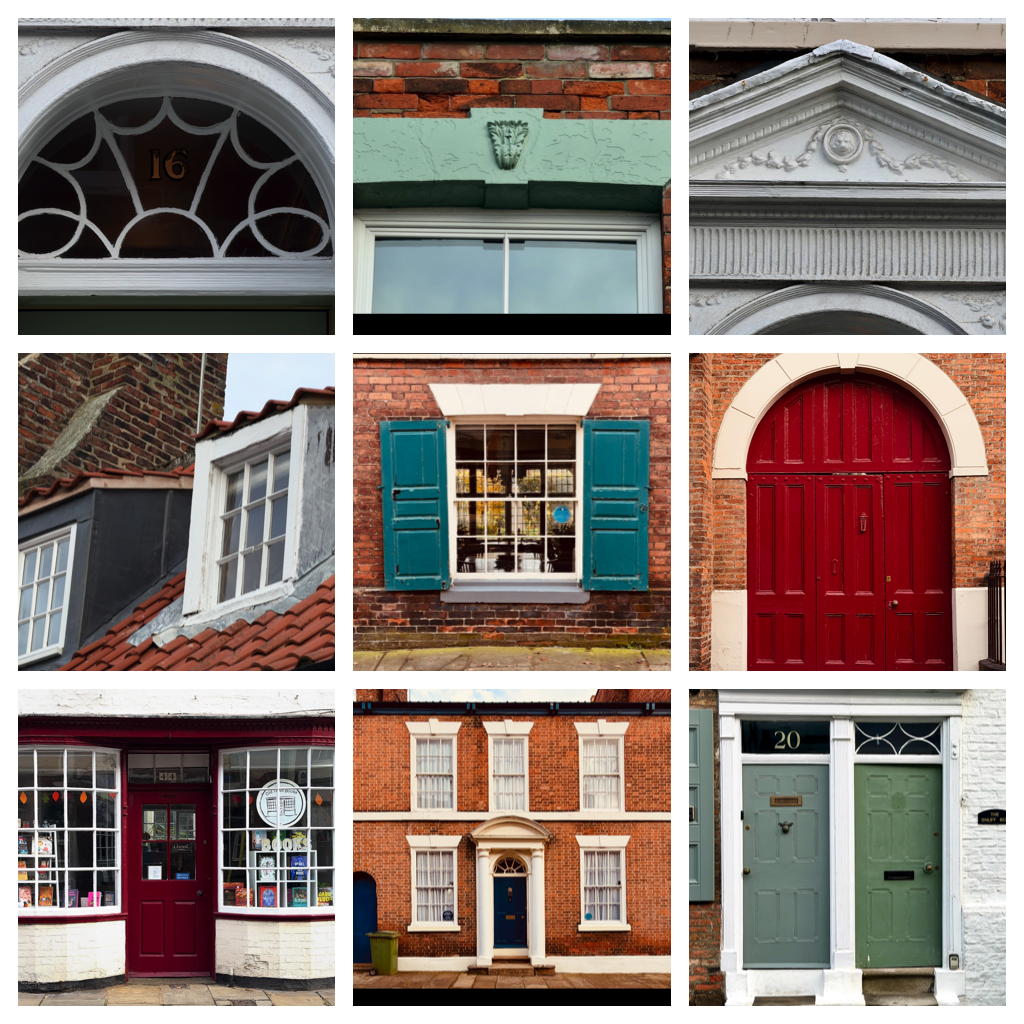
And perhaps that’s why streets like Bridlington Old Town matter so much to me right now. They remind me that places don’t have to be perfect to be good. They just have to be layered, lived-in and loved. In a world that often feels flattened and accelerated, these fragile, characterful streets - built from a mix of materials, styles and origins - offer something rare: the reassurance that diversity and continuity can exist side by side, and that we still belong, no matter where our roots lie, within it.

Membership keeps this digest free for everyone and helps keep me on the road. It also opens the door to the good stuff: extra posts, multi-media explorations, sketchbooks, field notes, deeper stories, and the behind-the-scenes moments I can’t share publicly. If you’ve enjoyed this issue, there’s a whole world waiting for you inside — and your support also powers my Member Powered Photography project, offering pro-bono work in the historic environment.

Can you help me champion the local, the distinctive and the vernacular?
Lots of Member Benefits
Support The DigestBridlington Old Town - Three Buildings
All these buildings are to be found along the High Street in Bridlington Old Town.
The Old Chemist
Bridlington Old Town is full of buildings where the past hasn’t been deleted but carried forward, and the Old Chemist is one of the clearest examples. Much of its original exterior and interior survives: the fitted shelves, labelled drawers, glass jars and timber counters.
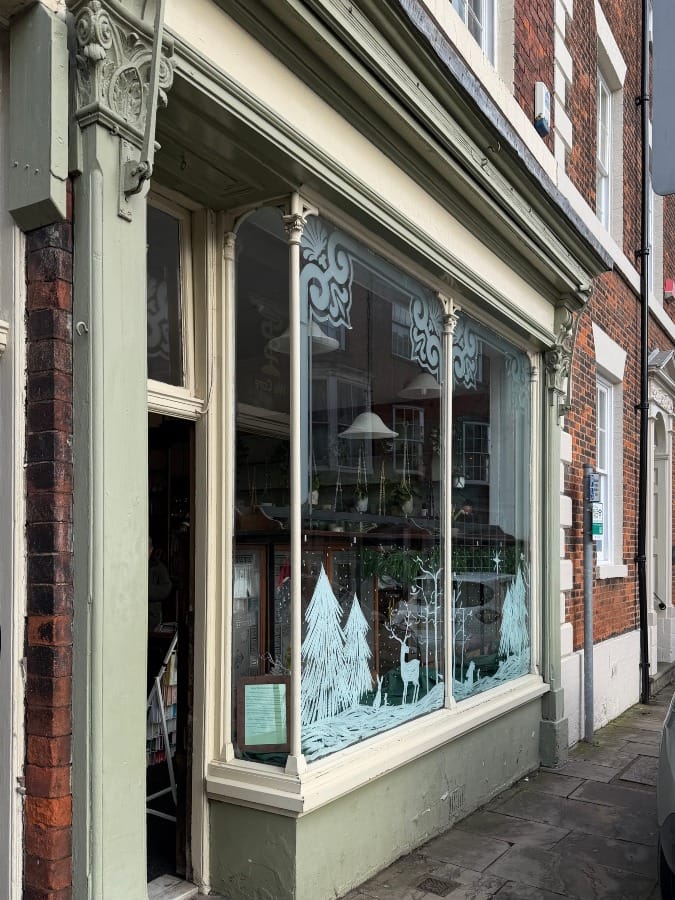

What’s impressive is how easily these features have been folded into its new life. The business feels fresh, but it works because the place still holds its history. The old hasn’t been preserved as a museum piece - it’s been put back to work, giving the shop its character, warmth and identity.
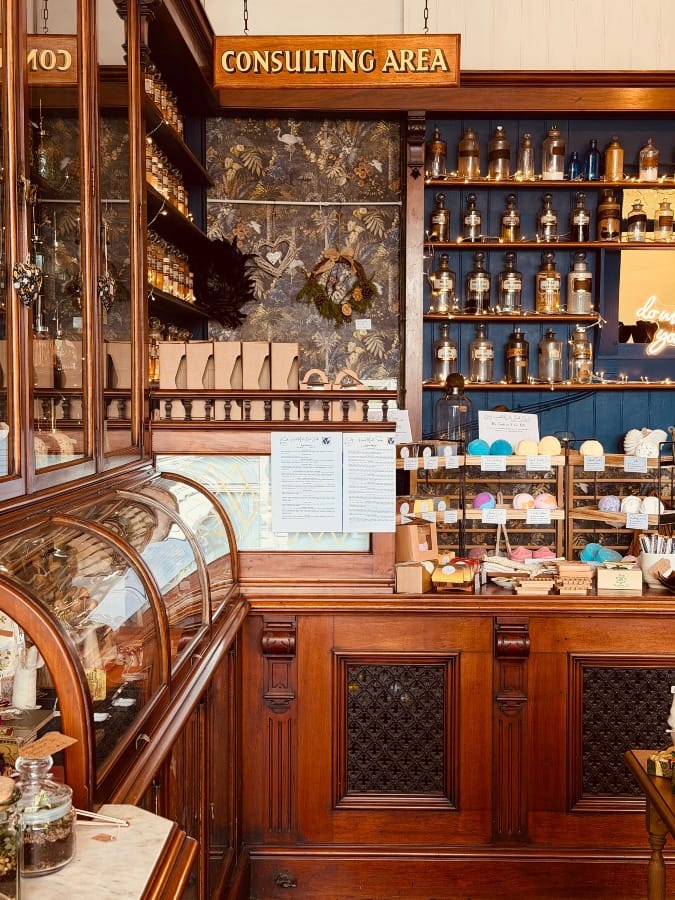

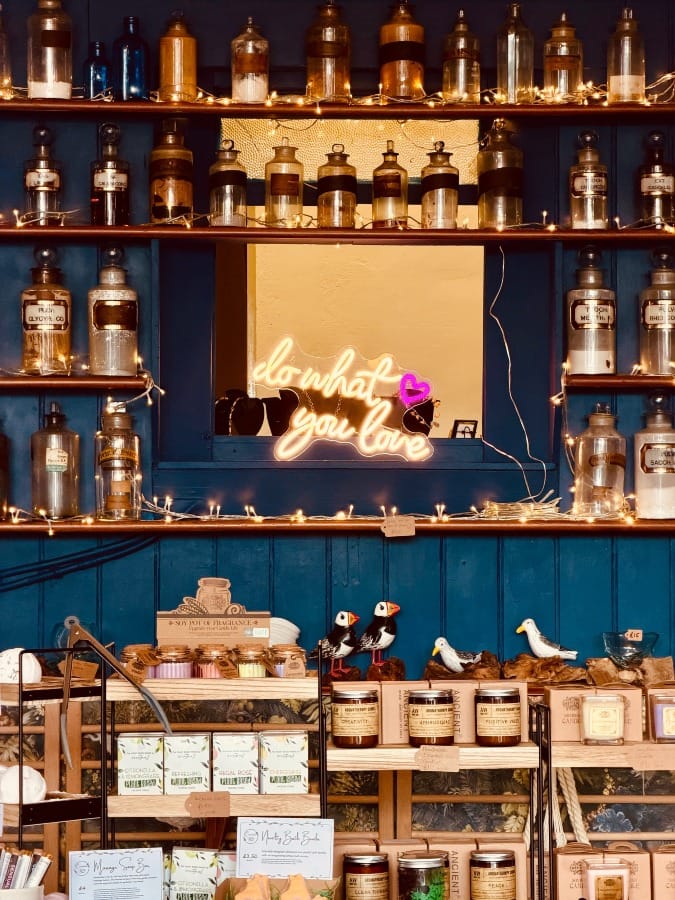
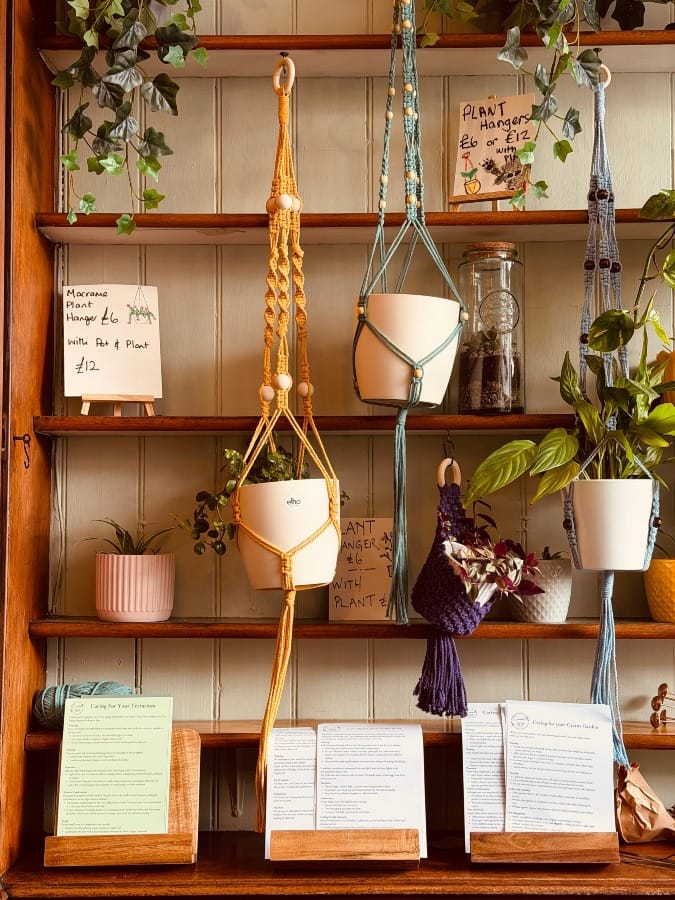
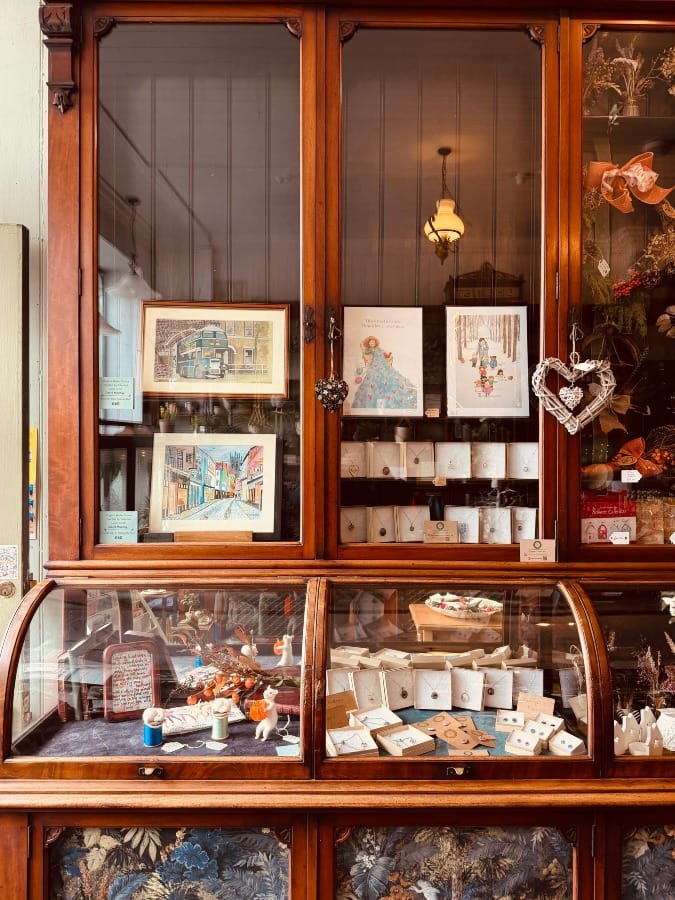

The Cat's Whiskers
My only regret here is that I didn't take a photograph of the exterior window display - beautifully curated.
But I did get some photographs of the interior which is an antique shop, but doesn't quite feel like one. I hope you enjoy rummaging through the things in the photographs as I did in the shop.
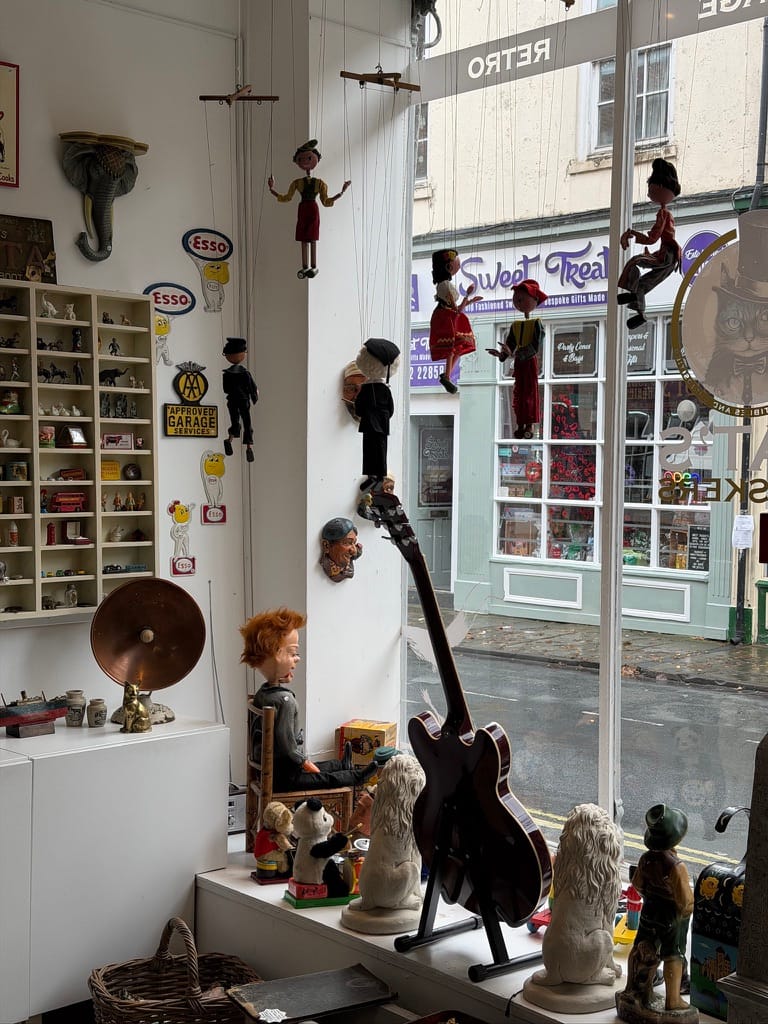



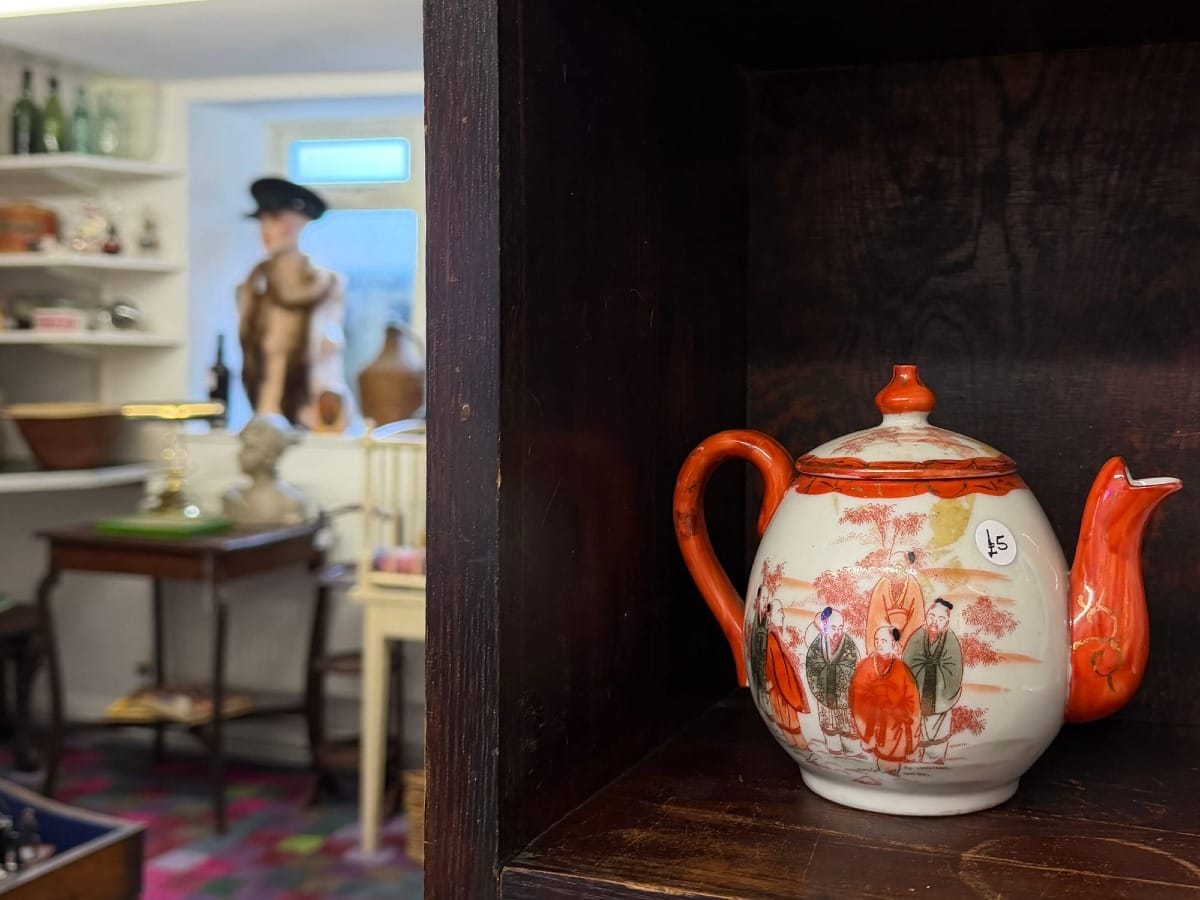

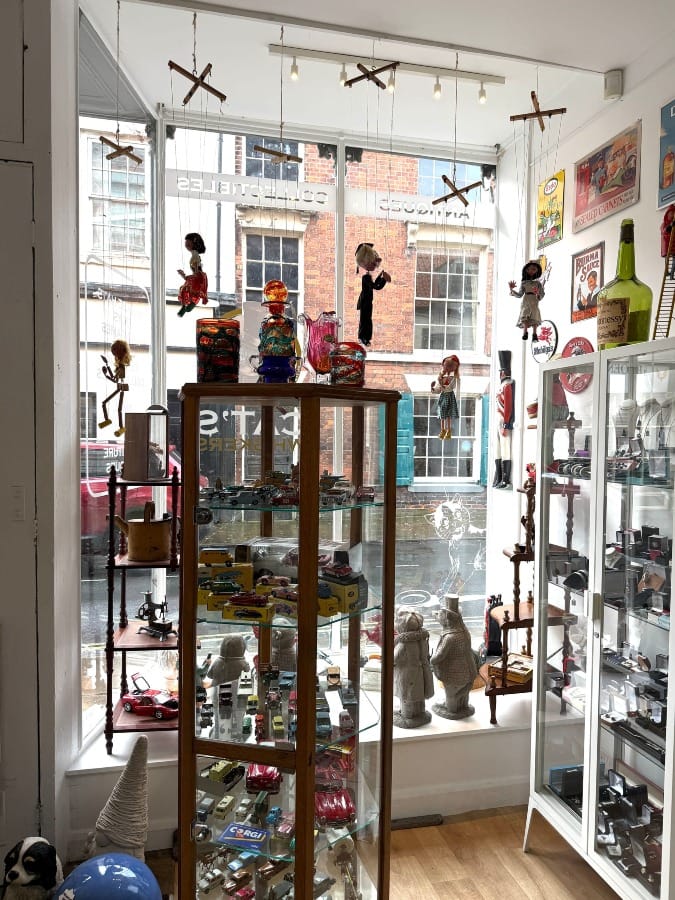
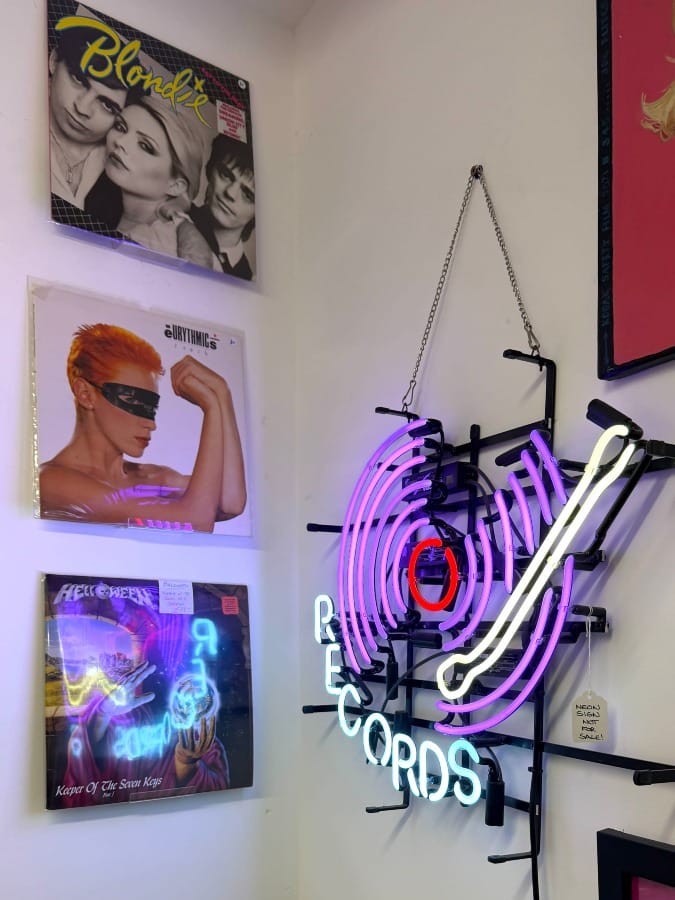

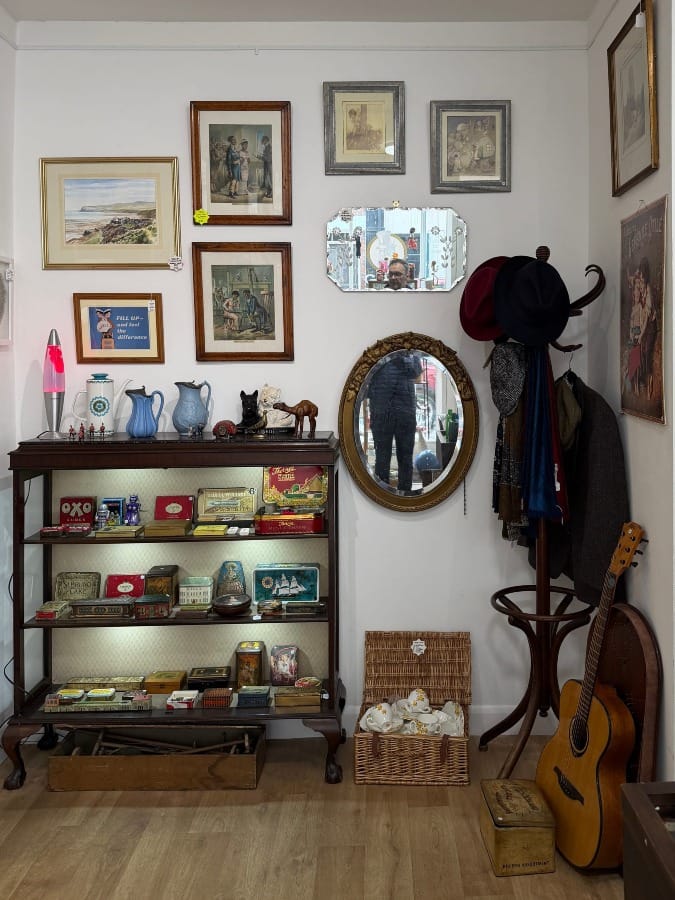
The Board Inn
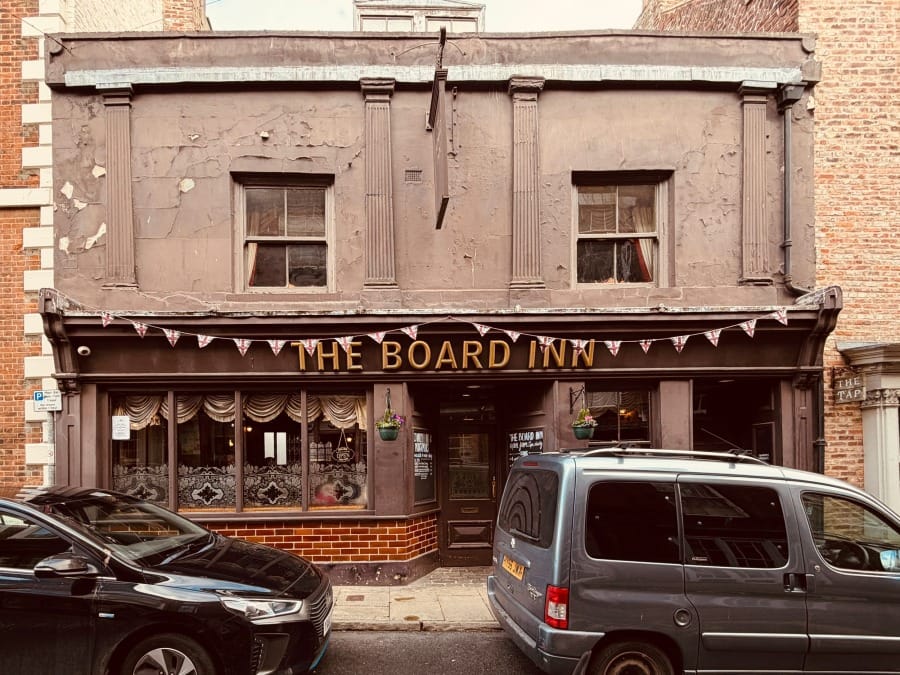
What a delightful facade - brown and flaky - fluted pilasters, horned sash, hidden roof (in the Georgian style). Looks like an iced cake.
The facade betrays a building of C17th origin and a beautifully curated interior that extends upwards and outwards along the old burgage plot. The Campaign for Real Ale has documented it as an outstanding pub restoration.
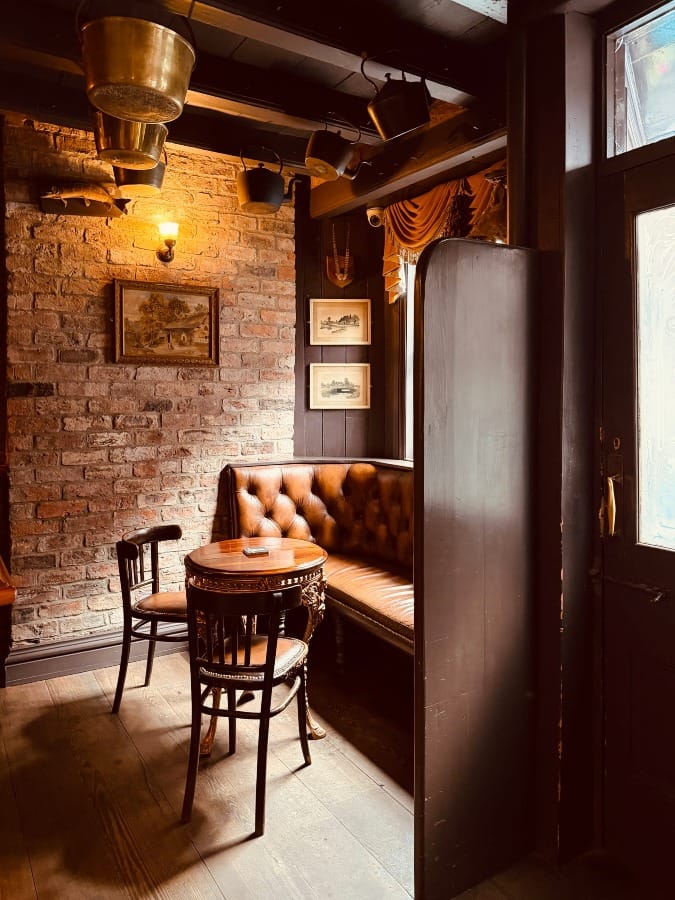
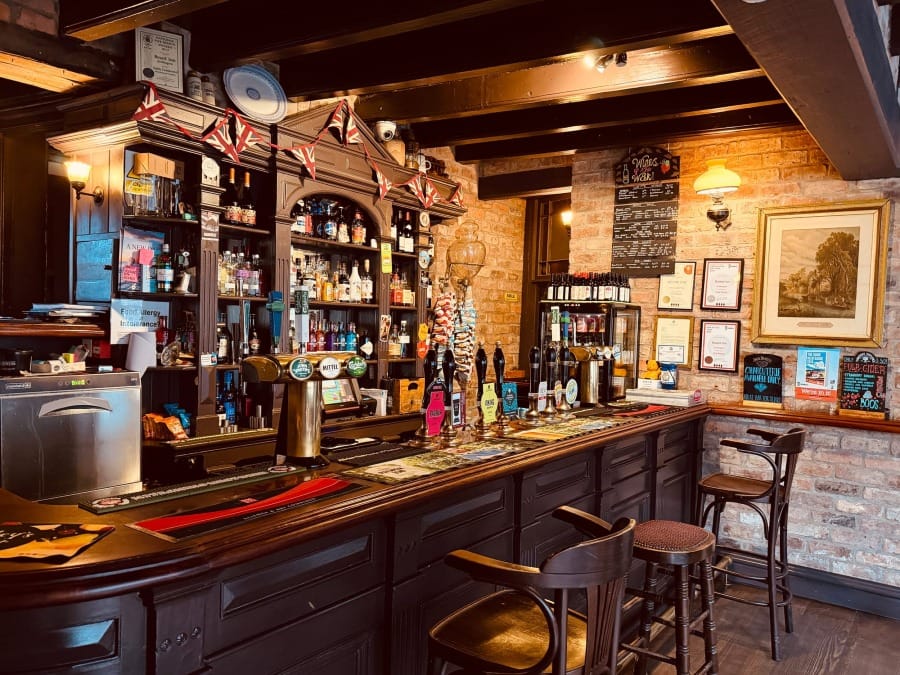

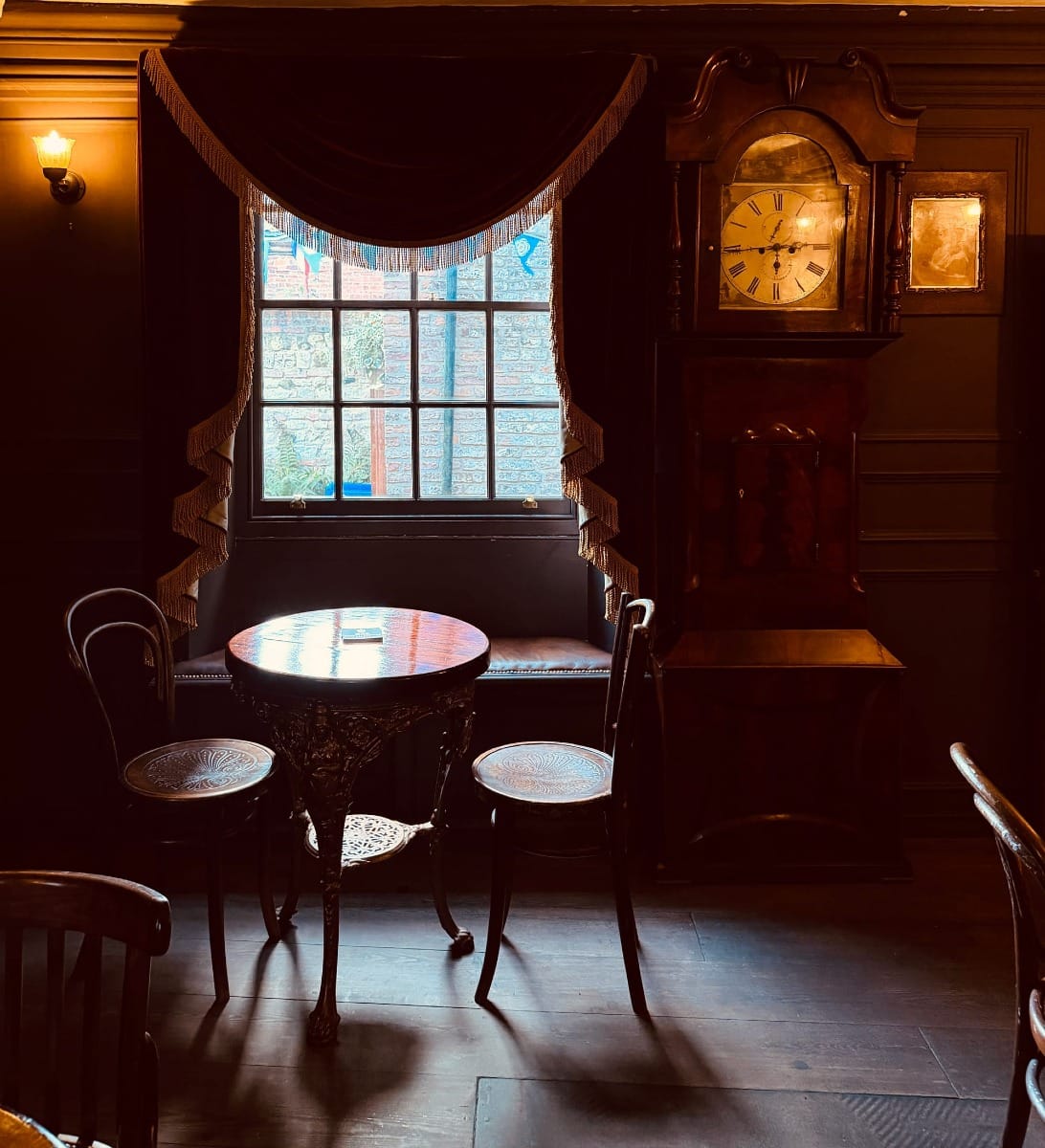
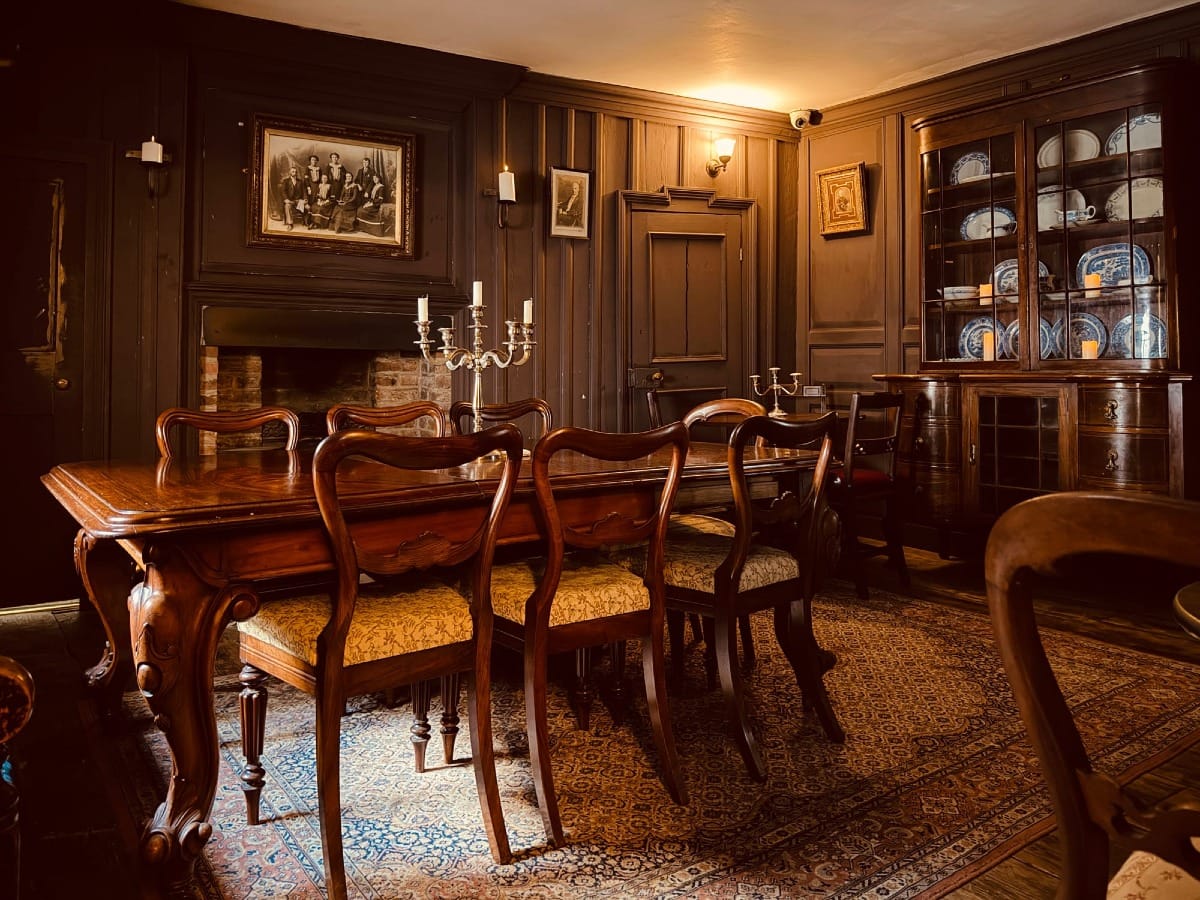


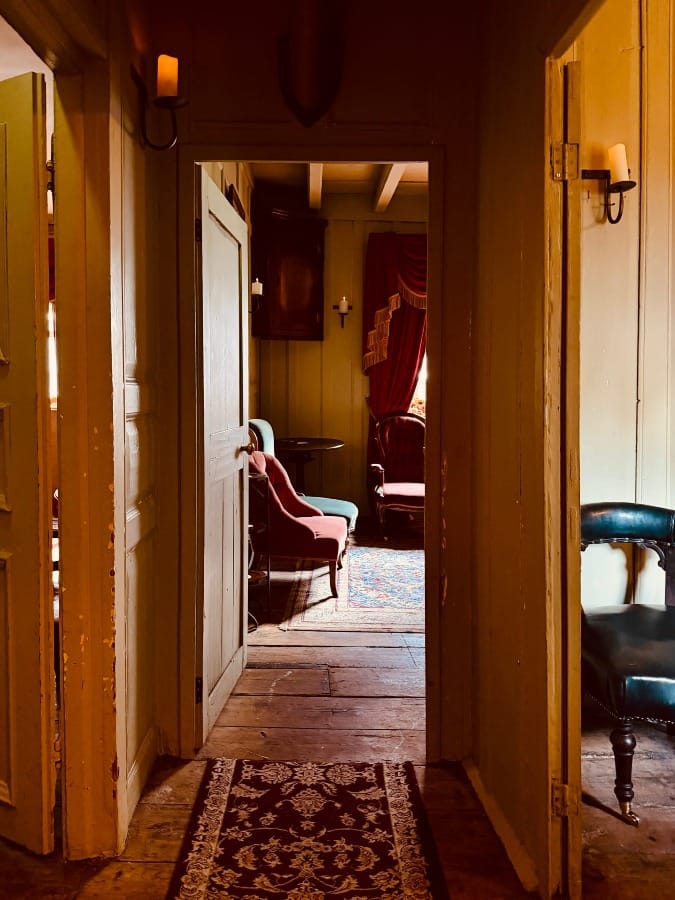
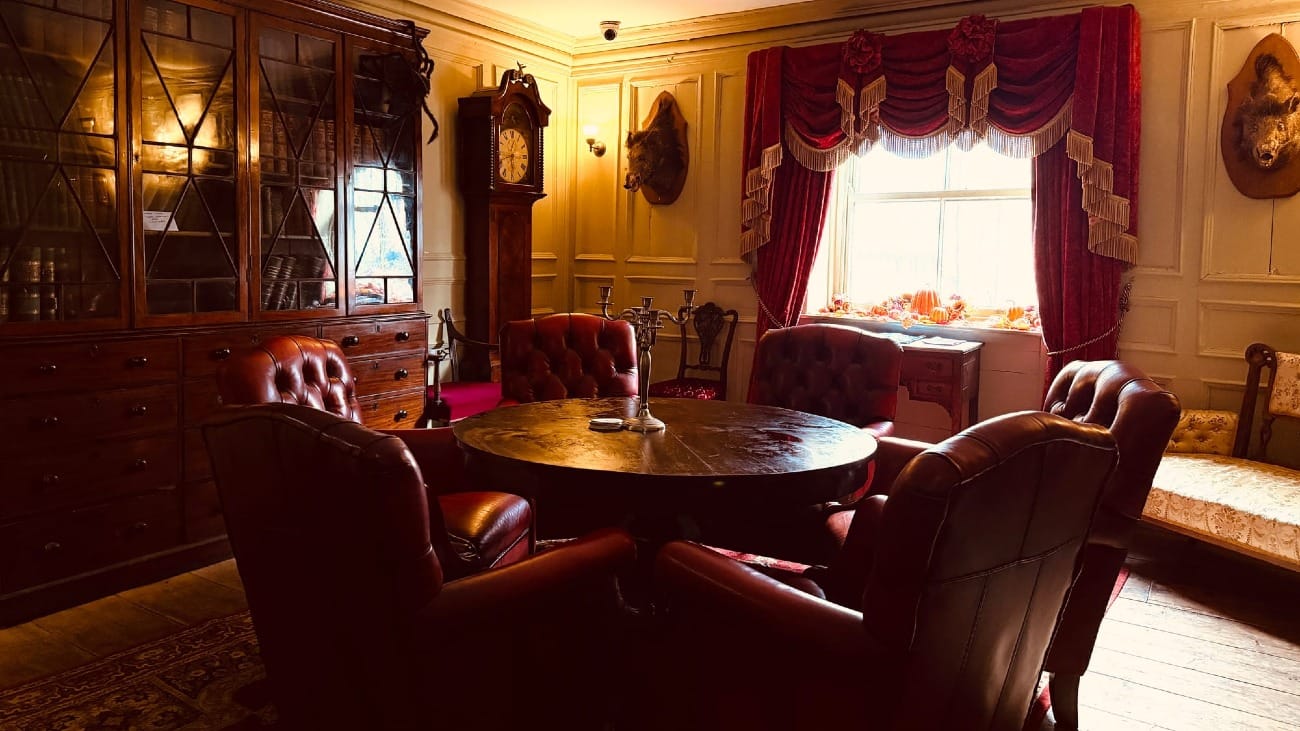
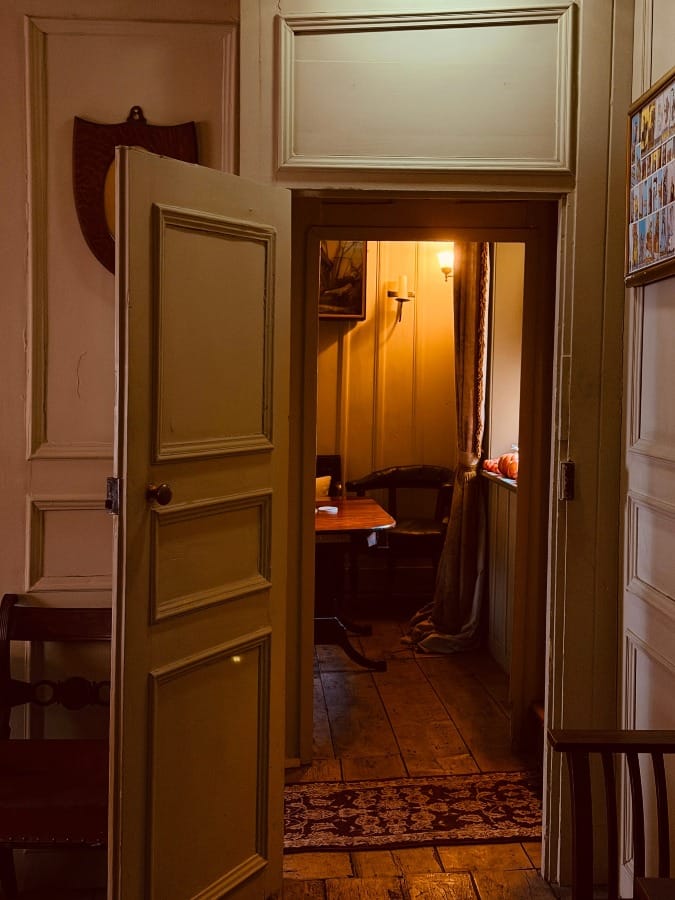

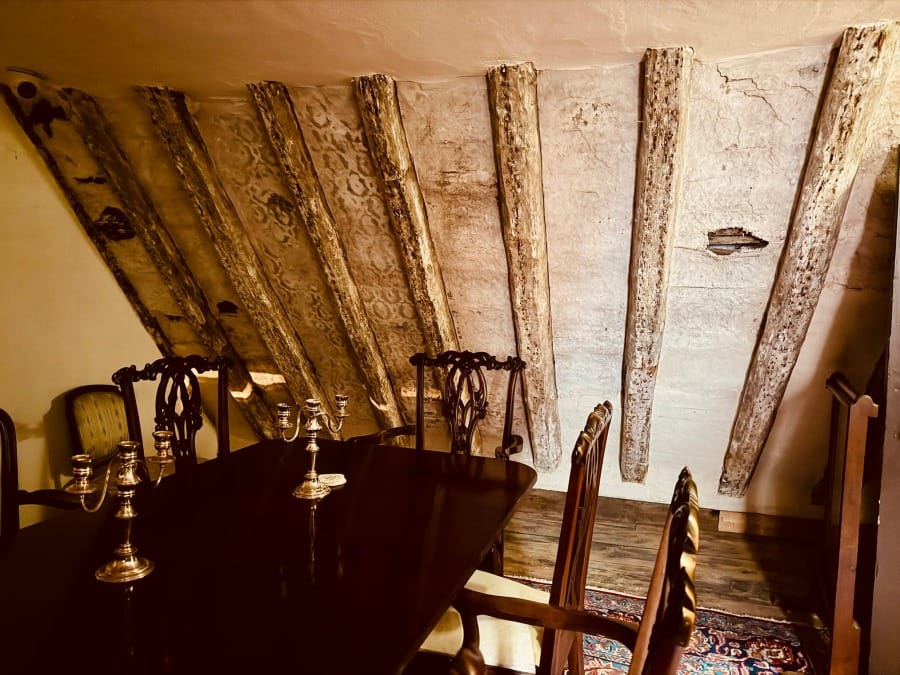


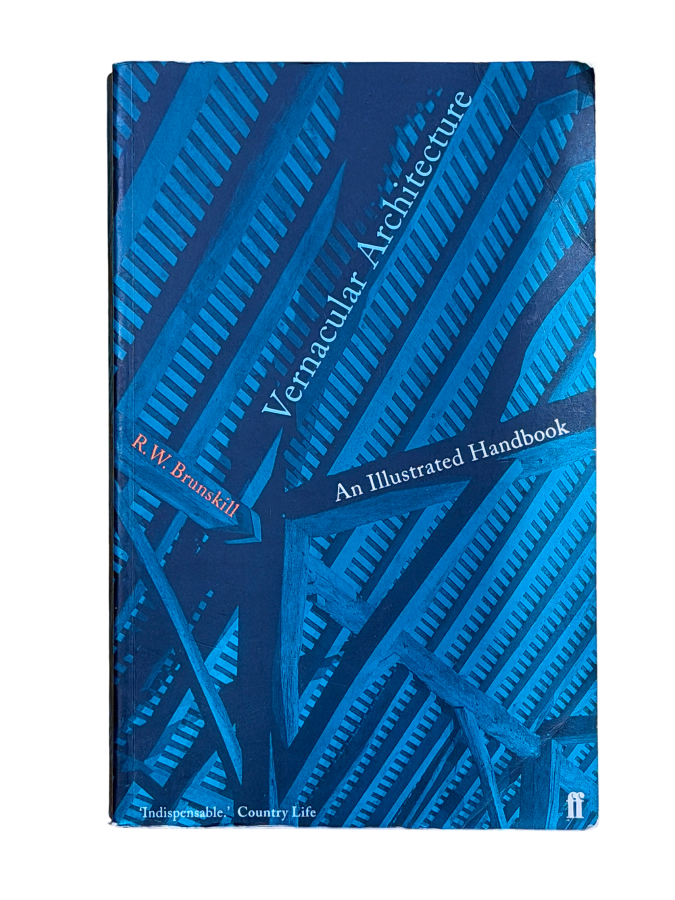
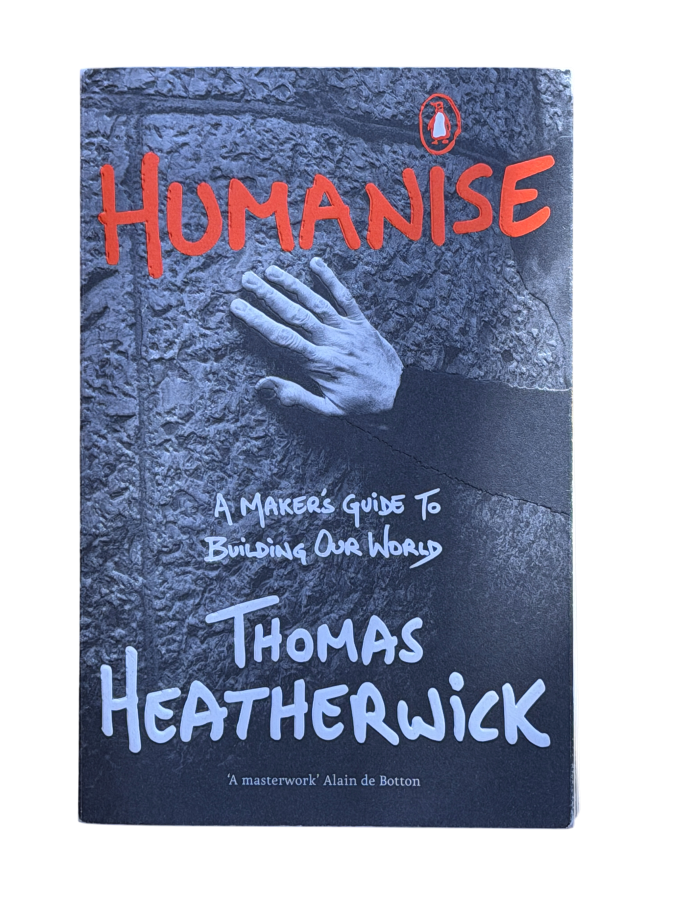


More on Bridlington Priory:
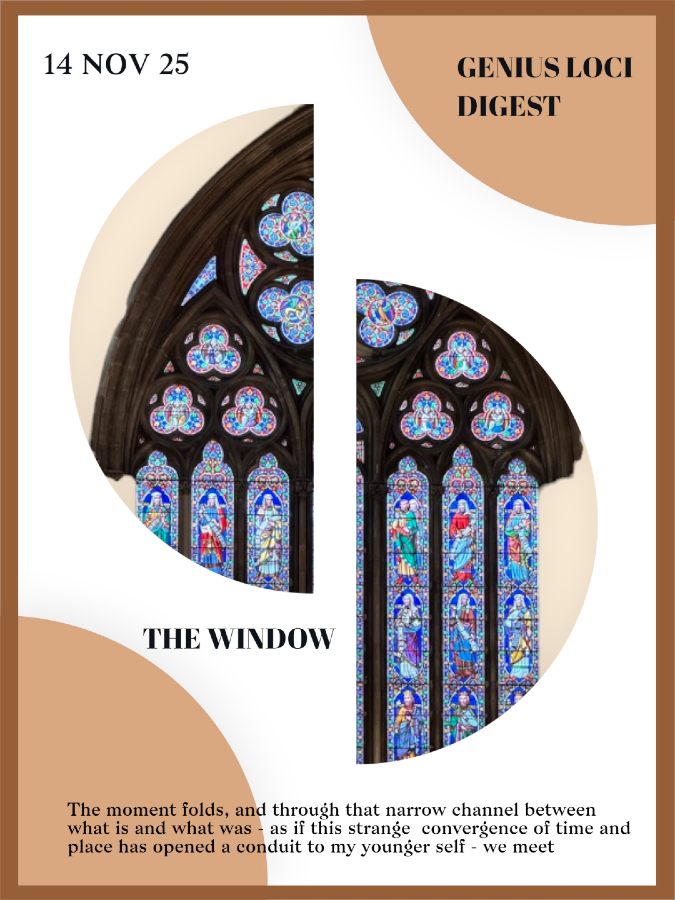
About the Lords Feoffees (but nowhere is there anything on how to pronounce it):
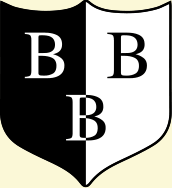

More on our streets and architecture:
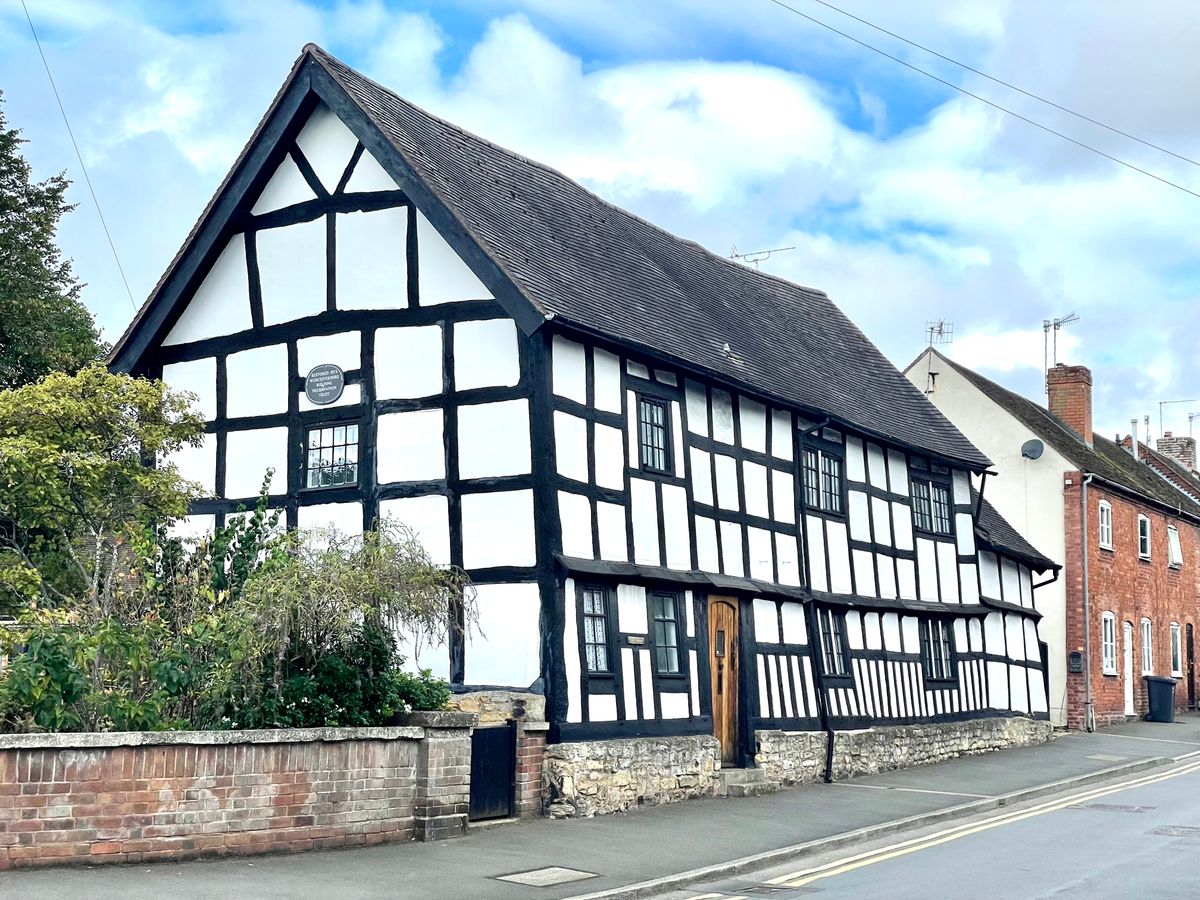
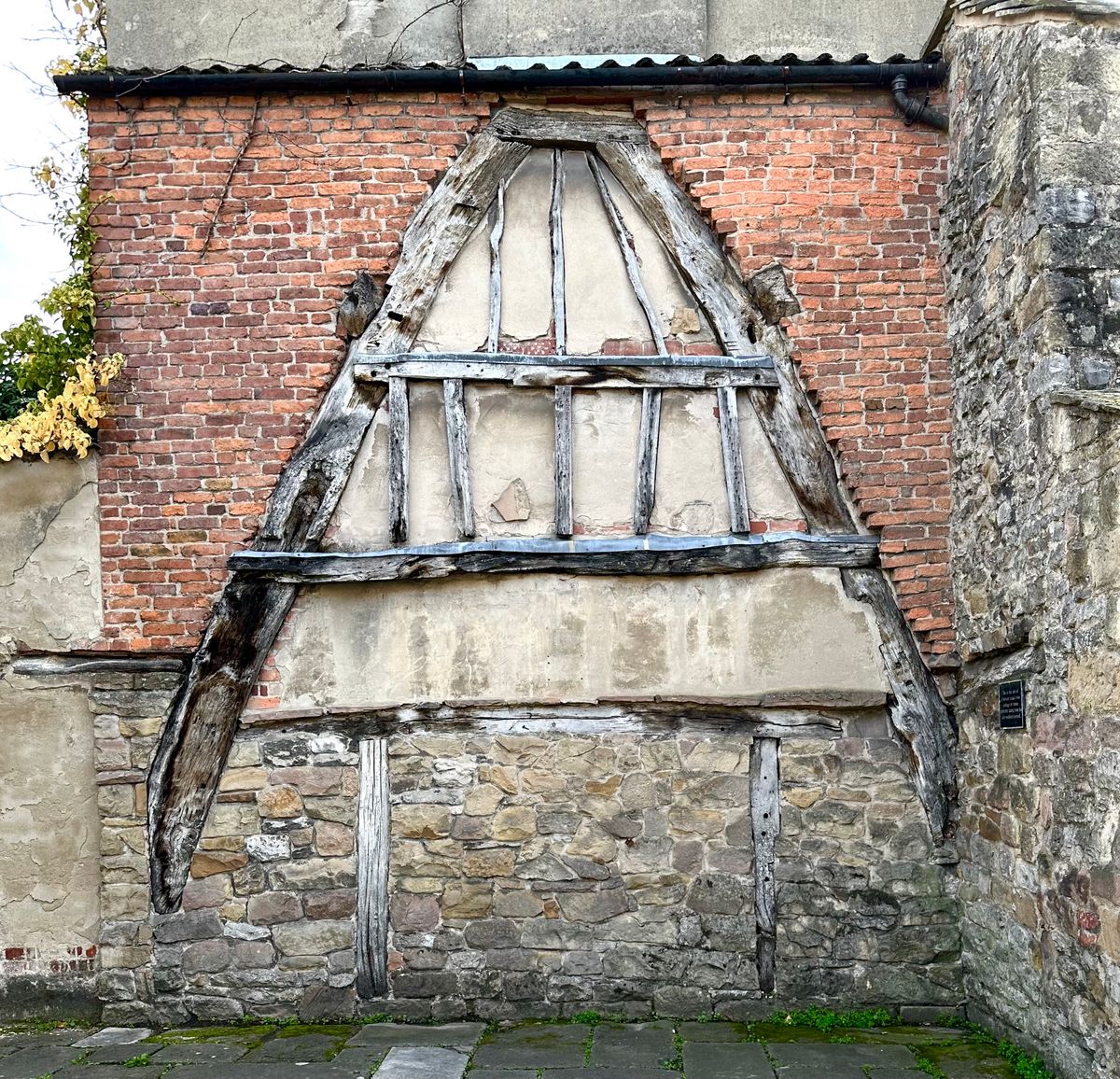

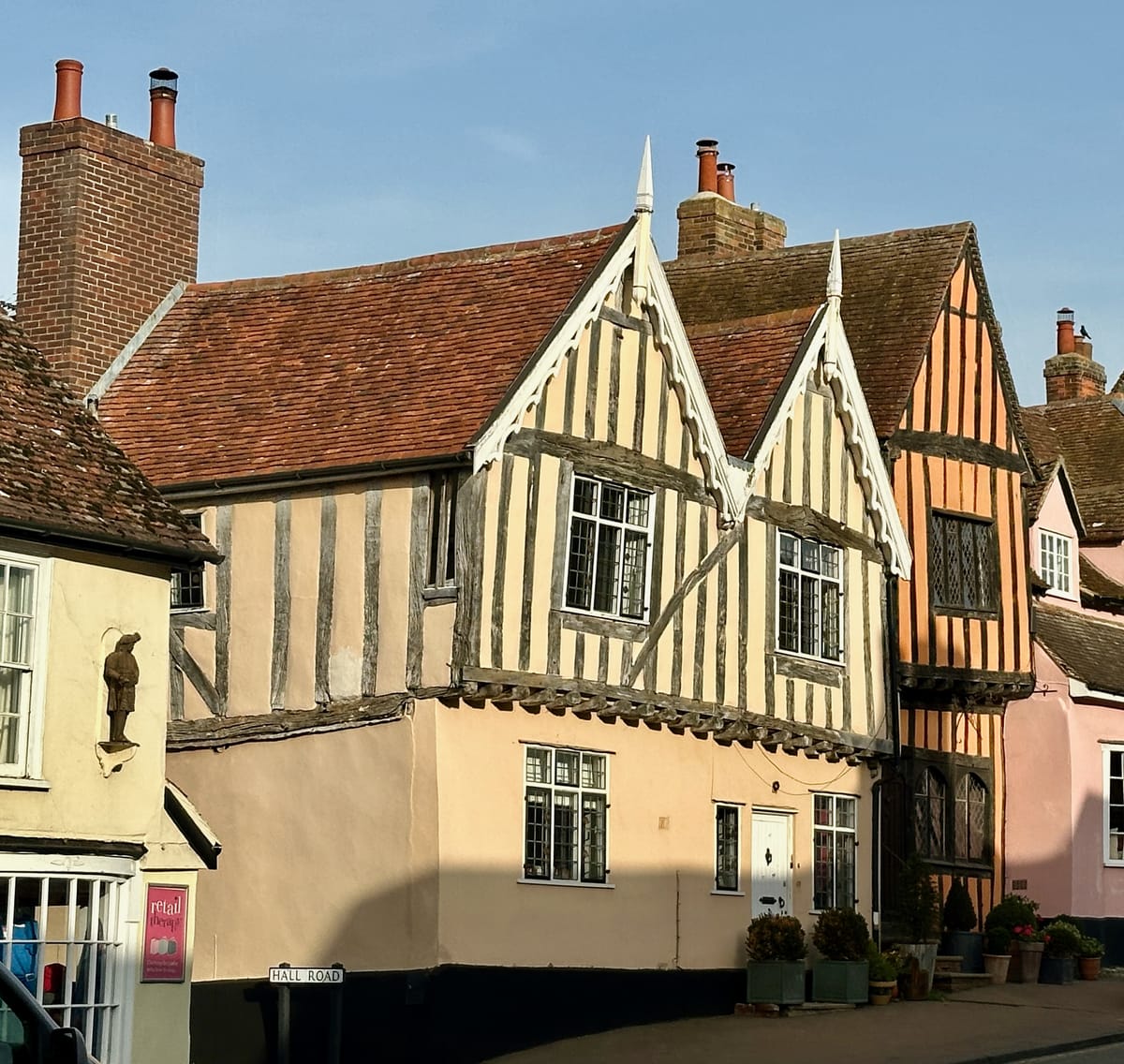

For Members - ✨A growing collection of delightful videos of our most cherished places✨
Click to View

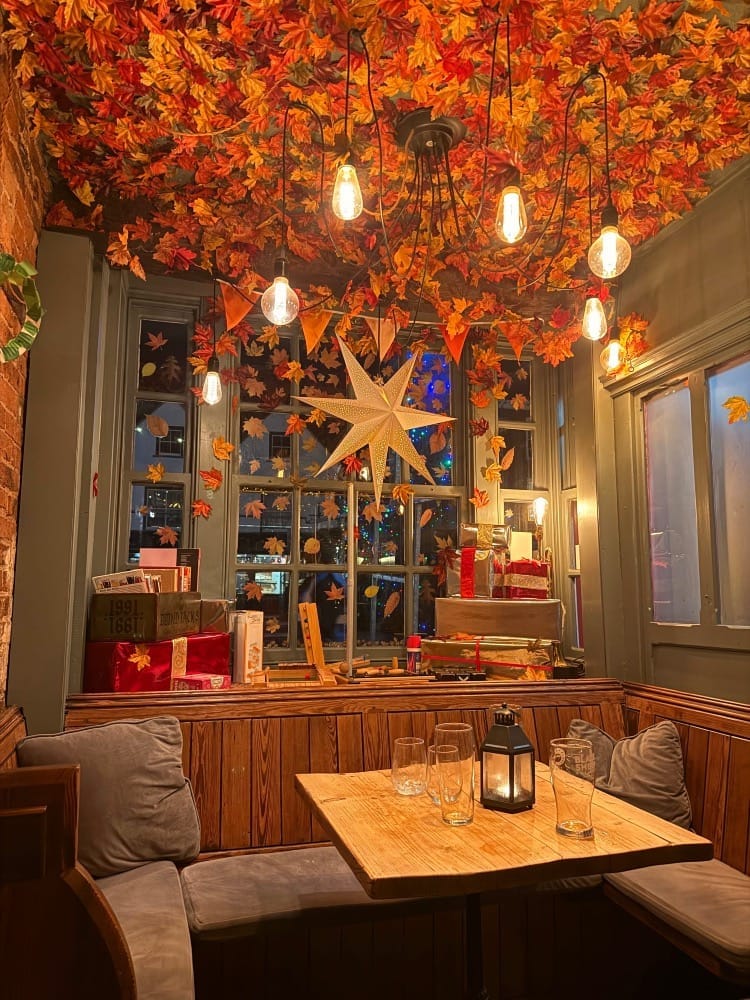
My Best Pubs ✨Updated✨
I've set up a new page listing all of my favourite pubs that I've come to know over the years. I've already added to the list with a few recent finds...
Pocket it, bookmark it, share it, contribute to it - thanks.
Here it is:
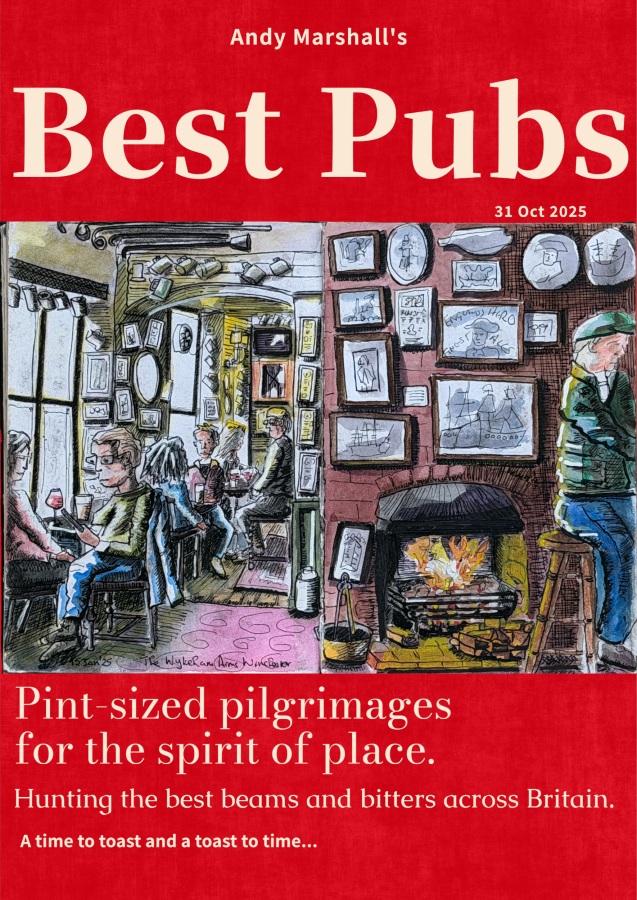
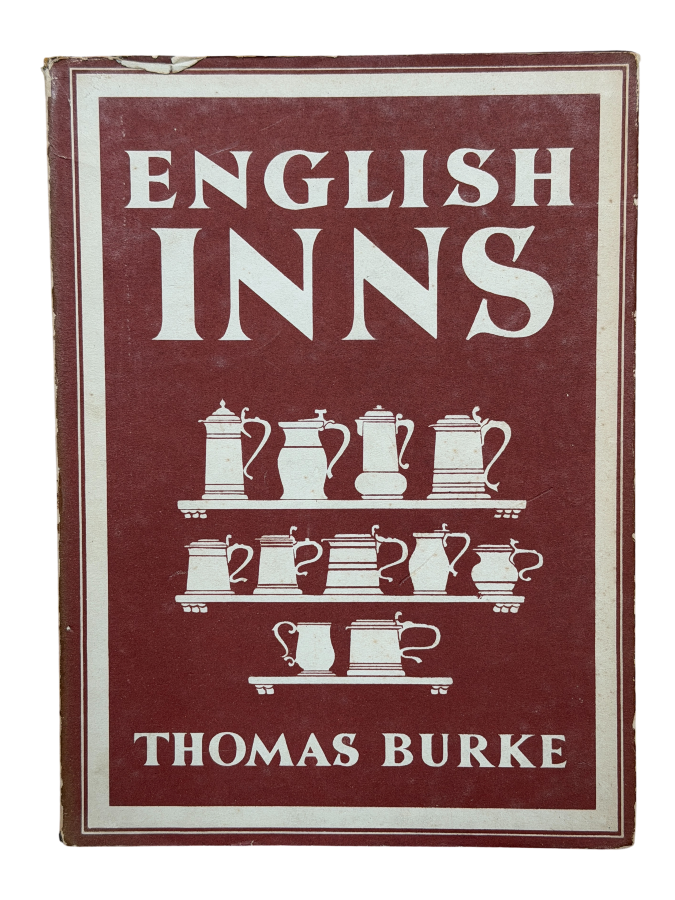
Cheers! - Membership Offer
I'm sending my copy of the sought after 1934 English Inn's book by Thomas Burke to the first person to sign up for membership today.
Become a Member
Thank You!
Photographs and words by Andy Marshall (unless otherwise stated). Most photographs are taken with Iphone 16 Pro and DJI Mini 3 Pro.


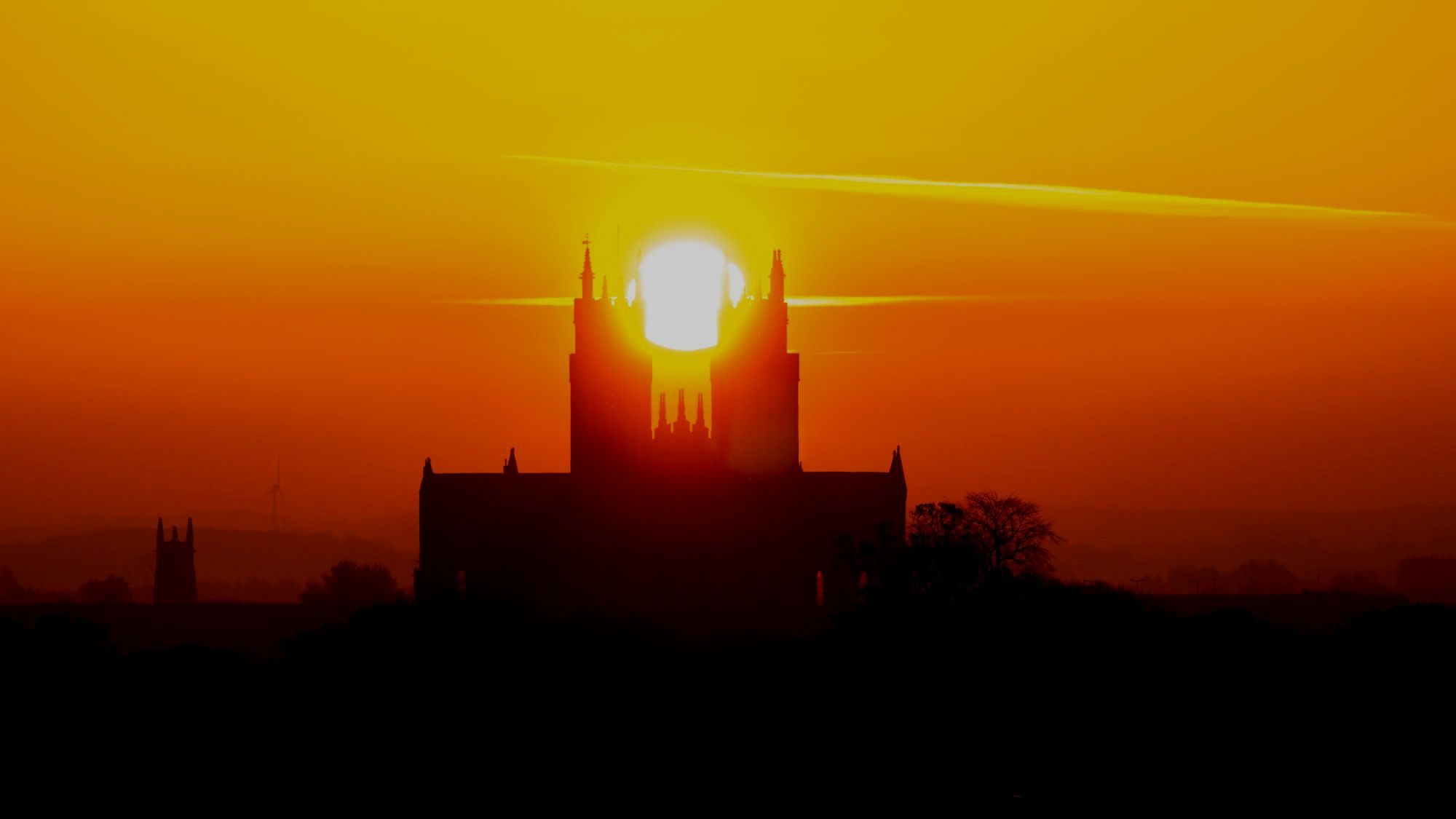



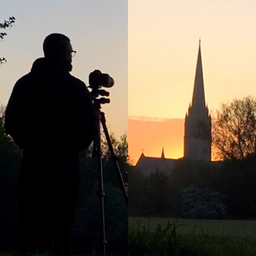

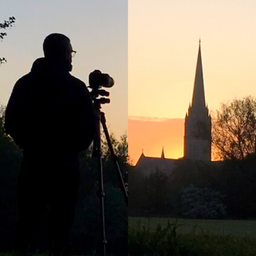
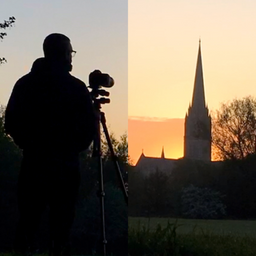
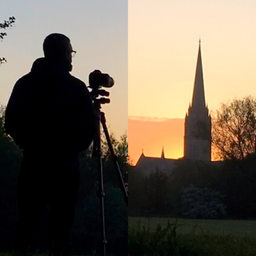

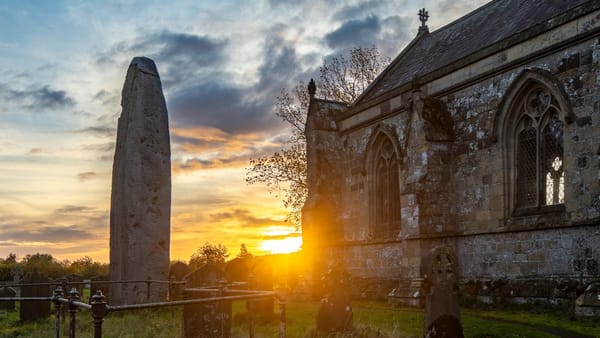


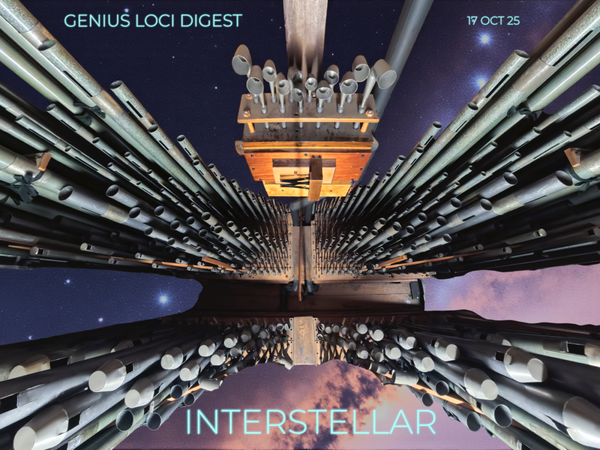
Member discussion